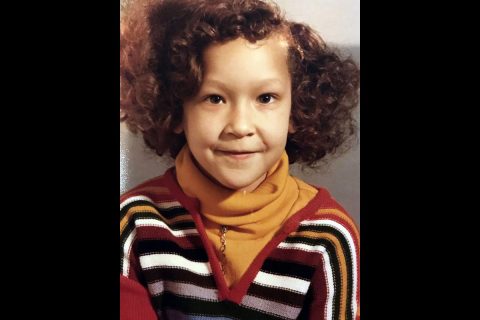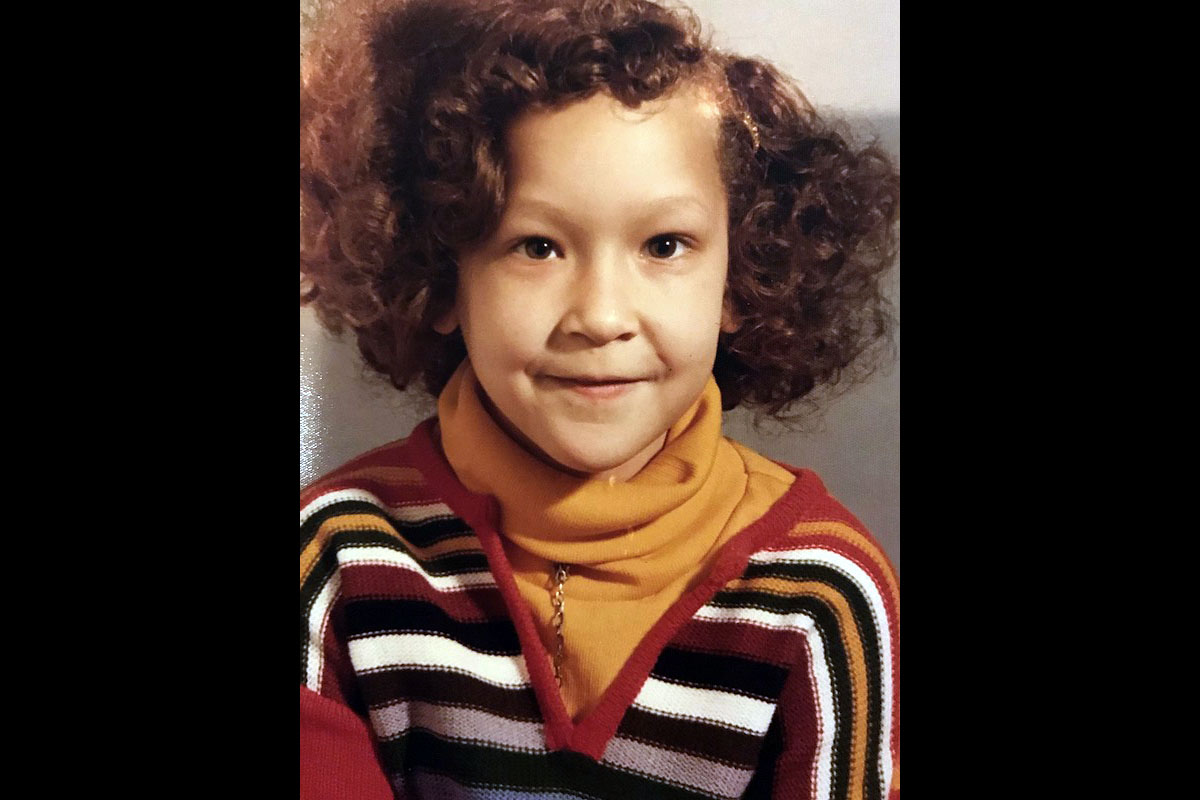 Clarksville, TN – Loving vs. Virginia was a landmark civil rights decision of the U.S. Supreme Court that banned interracial marriage.
Clarksville, TN – Loving vs. Virginia was a landmark civil rights decision of the U.S. Supreme Court that banned interracial marriage.
Virginia’s interracial marriage law violated the 14th Amendment and in 1967 it became legal for interracial couples to marry in the United States.

My parents were one of those couples and my brother and I are a product of that union. Although in the 1970s, my parents were allowed to marry, I grew up when a biracial person did not choose how they would racially identify because society would decide to identify for them.
In fact, the census data did not acknowledge biracial or multiracial people because it complicated the nation’s justification of a racial construct or the classification of a people. The only choice besides a specific racial group was “other.” The term “other” personified the notion of less than or nonexistence to people who didn’t want to identify in one racial category.
My own identity struggle began early on as I watched my parents face housing discrimination, workplace discrimination, and overt and covert racism daily. They faced these racial inequalities simply because of who they loved and how they looked. Watching this struggle helped to shape my existence today. It became necessary in order for me to recognize how to fight injustices because they were all around me.

I have experienced injustices personally and professionally my entire life and much of it echoed my parents’ experiences. My parents were influential and loving people who raised a daughter and son to learn to speak up and stand up for what was right and fair. We watched them fight and stand up for what was right against all odds and naturally it was a part of us.
In my own fight, prematurely, I had to learn to decipher between hurt and hatred. The hurt came from a people (my people) who saw my fair skin as a reminder of those who had oppressed them. In fourth grade, a group of African American females held me down and cut my hair because they said it looked like white people hair. It reminded them of an advantage that they perceived I had.
I was saddened when my people compared my life to the tragic historical mulatto and questioned my motives and support, and some even saying that I was not black enough. While the hate came from a people (my people) who pressed down and marginalized others because of their brown or black skin. The first time I heard the N-word, it came out of my white grandmother’s mouth as she described Sammy Davis Jr.
I was angered when my people placed their tanned arms next to mine and said, “Look, I am just as black as you are,” having their own motives and lacking any genuine support, not seeing me as black enough. My uniqueness developed by understanding those struggles and accepting how my intersecting identity of being a biracial woman would guide my life journey.
One of the greatest lessons I ever learned from my parents was when my brother played high school baseball. They sat in the middle of the stadium as my brother pitched against a rival team for a city championship game. Both were gleaming with pride. Right behind them sat at least a hundred students for the other high school in black and white wigs. This was meant to represent my parents and to distract my brother.
It was apparent to me that this racist gesture was as unacceptable as calling a team the Redskins. I sat next to my parents and asked how they could just sit there while all of this was happening behind them and not say a word. My Black mother smiled at my white father and said to me, “These young people have the opportunity to benefit from fortune, luck and happenstance. They are fish who move with the current and put in minimal work. The fish that swims against the current always works harder.”
I recognized that my mother’s words expressed my first clear understanding of privilege and how the idea of rights is more natural to some people, particularly those who are members of a dominant group. Privilege is a tough pill to swallow for many people. They confuse privileges and rights. Choosing to marry who you love is a right, education is a right and surviving an arrest is a right.
Part of accepting who I am (growing up biracial) and continuing to fight for equality for all is that I have a Black husband and a Black daughter and Black sons who are important to me. I need other people to understand that we have value and that our lives matter. Hopefully, opening up and sharing a piece of myself with others conveys that I exist (all of me) and that I am here, and that I refuse to be nonexistent in the fight for racial or social injustices.
– LaNeeça Williams, APSU Chief Diversity Officer and Title IX Coordinator
If Austin Peay Could Talk
“If Austin Peay Could Talk” is a new, special series about listening. Paying tribute to James Baldwin’s novel, “If Beale Street Could Talk,” the essays in this series are meant to magnify the experiences of the University’s black faculty and staff. Every Friday, a different University employee will share their own deeply personal story about racism – stories that have been overlooked for too long. Today, Austin Peay State University is talking, and we hope you will simply listen to these important words.



